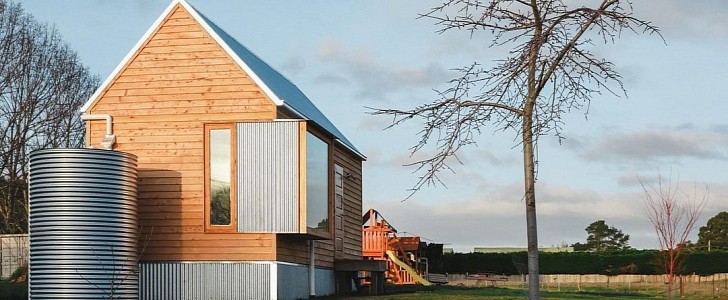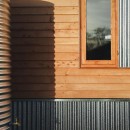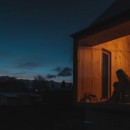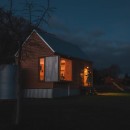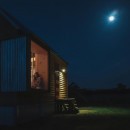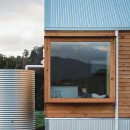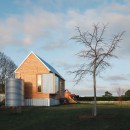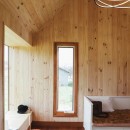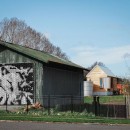Tiny homes have gone far beyond a simple trend, and seem to be gaining even more popularity because of the ongoing global health crisis. People all over the world are considering the option of switching to a smaller house that can be eco-friendly, affordable and durable, without sacrificing comfort and a beautiful interior design.
Despite their name, tiny houses actually come in a wide variety of sizes and styles, from very small rustic ones, to larger, futuristic ones. Many people who choose tiny homes are also committed to sustainability and a natural way of living. These are the customers for whom architect Jiri Lev creates beautiful dwellings in harmony with nature. Registered in Tasmania and New South Wales, Jiri Lev focuses on architecture that’s sustainable, resilient and that respects regional characteristics.
His latest development, called the Tasmanian House, is a tiny home that’s built not just for style or for the sake of trends, but for a higher purpose. In Lev’s view, we are also in the midst of a housing crisis, in addition to the environmental one. Tiny homes can be a remarkable solution for tackling both of these problems.
The Tasmanian House’s minimalistic design is centered around regional and local specific traits and surroundings, including what Levi calls “Tasmanianness”. Besides its very clean, simple design, what stands out about this tiny home is the wide proportion of natural materials that were used. From sustainably-sourced native or plantation timber to sheep wool insulation, the house was built using raw, untreated, local materials as much as possible.
Lev avoided paints and chemical treatments completely. In fact, the only synthetic materials that were used were needed in order to comply to the Australian Building Code. Thanks to this natural design, once furniture and a few other components are removed, the Tasmanian House will decompose naturally and eventually become a certified organic garden.
Until then, Lev has big plans for his tiny house. It will become part of a larger pavilion house that can function as one or two residential units, each with their own garden. The studio and future two-bedroom house will be connected through a covered passage that will also act as a windbreak.
Lev hopes to prove that self-sufficiency when it comes to construction materials is possible and feasible, at least locally.
His latest development, called the Tasmanian House, is a tiny home that’s built not just for style or for the sake of trends, but for a higher purpose. In Lev’s view, we are also in the midst of a housing crisis, in addition to the environmental one. Tiny homes can be a remarkable solution for tackling both of these problems.
The Tasmanian House’s minimalistic design is centered around regional and local specific traits and surroundings, including what Levi calls “Tasmanianness”. Besides its very clean, simple design, what stands out about this tiny home is the wide proportion of natural materials that were used. From sustainably-sourced native or plantation timber to sheep wool insulation, the house was built using raw, untreated, local materials as much as possible.
Lev avoided paints and chemical treatments completely. In fact, the only synthetic materials that were used were needed in order to comply to the Australian Building Code. Thanks to this natural design, once furniture and a few other components are removed, the Tasmanian House will decompose naturally and eventually become a certified organic garden.
Until then, Lev has big plans for his tiny house. It will become part of a larger pavilion house that can function as one or two residential units, each with their own garden. The studio and future two-bedroom house will be connected through a covered passage that will also act as a windbreak.
Lev hopes to prove that self-sufficiency when it comes to construction materials is possible and feasible, at least locally.
